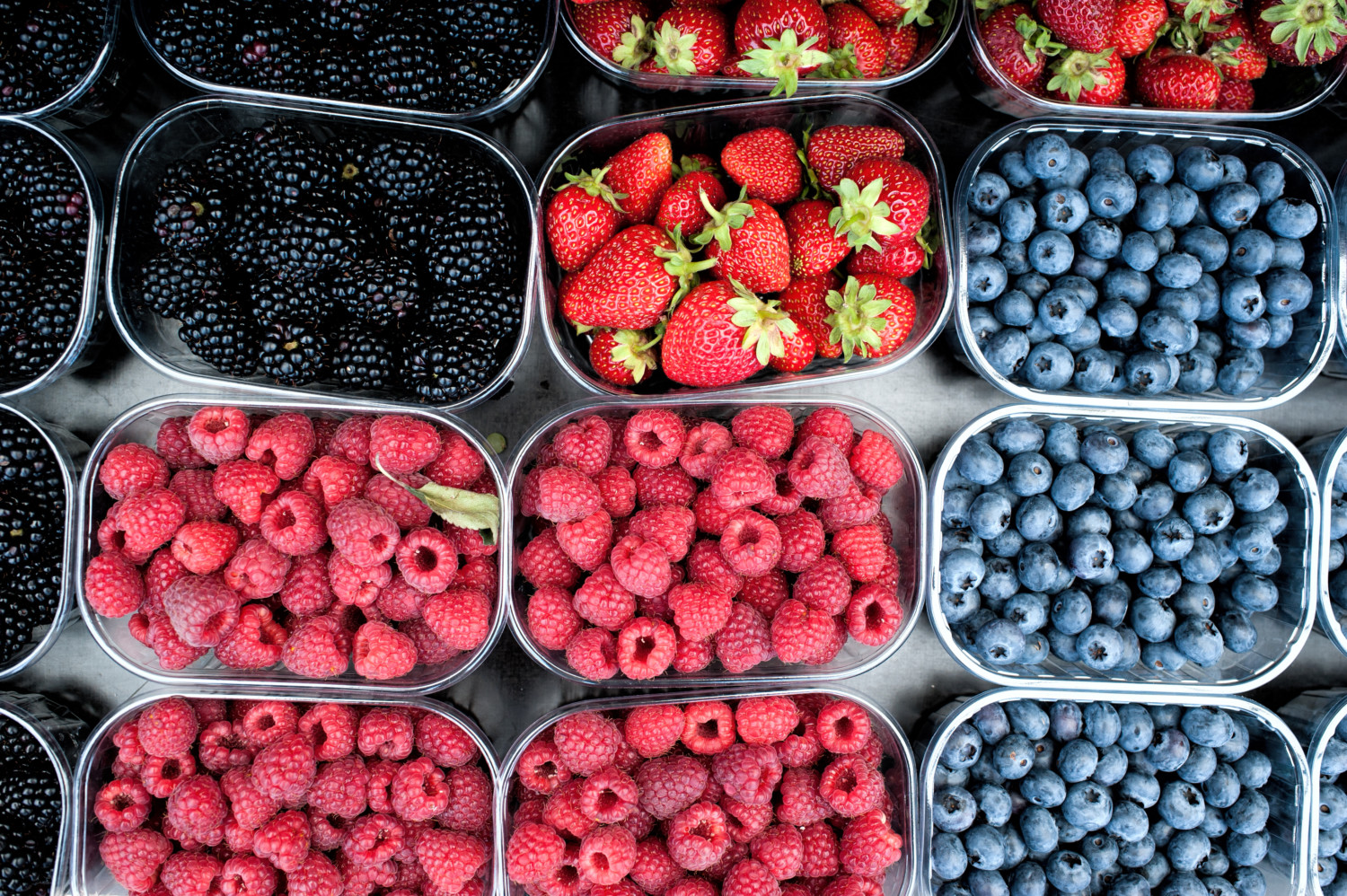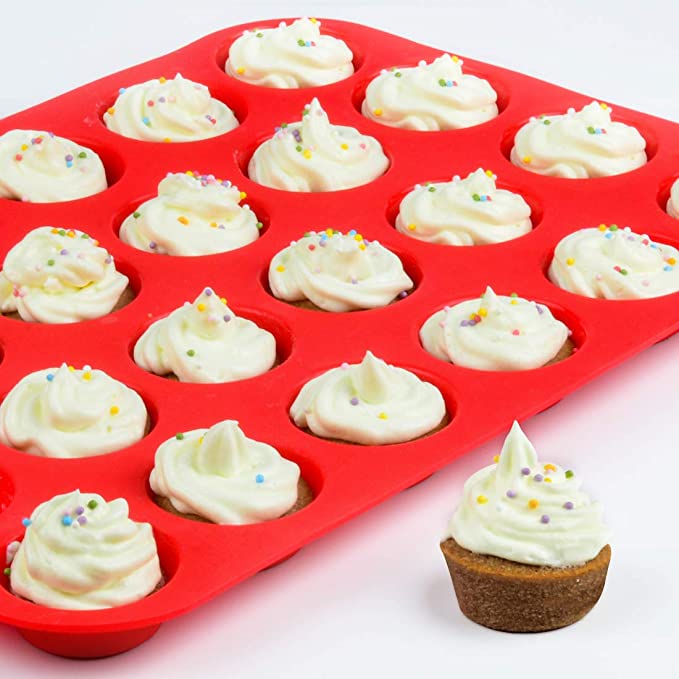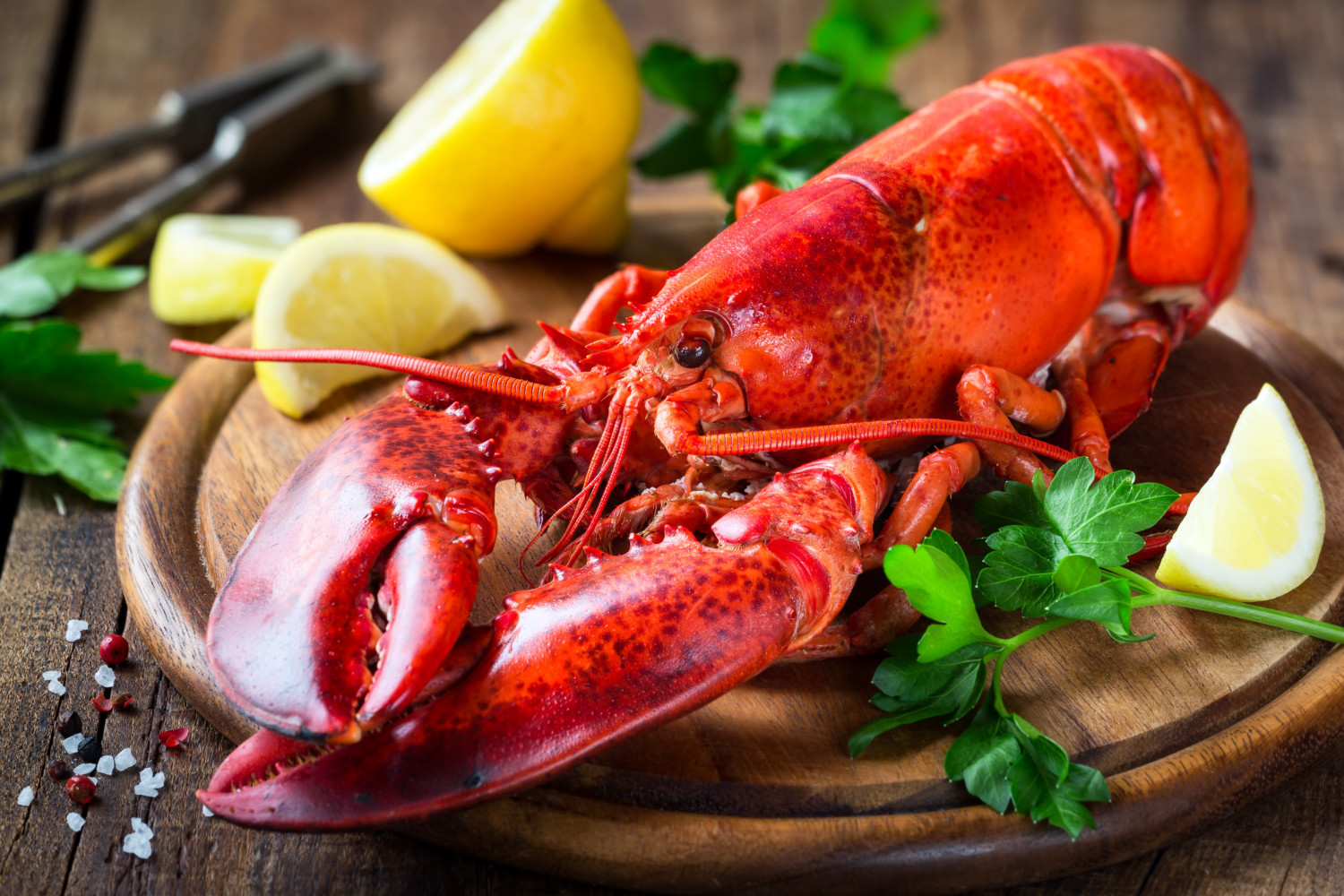The products and services mentioned below were selected independent of sales and advertising. However, Simplemost may receive a small commission from the purchase of any products or services through an affiliate link to the retailer's website.
There’s nothing like buying a container of beautiful, ready-to-eat strawberries only to place them in the fridge and find them wilted or moldy a day or two later. Talk about a buzzkill. And a waste of money, to boot.
Hip2Save recently shared some brilliant advice about how to make your strawberries last longer. Here’s what you need to get the job done:
- white vinegar
- water
- a colander
Directions:
- In a large bowl, mix one part vinegar to five parts water (try 1/2 cup of vinegar and 2 1/2 cups water for an average size container of berries).
- Add the berries and let them soak for a few minutes.
- Pour the berries into a colander or salad spinner insert (no need to spin the berries! Just use the insert if you don’t have a colander on hand), then place the colander on top of a paper towel.
- Store the berries in your refrigerator with a piece of paper towel underneath to continue pulling moisture away from the berries.
- Voila! Enjoy fresh berries for longer!
The vinegar strips the skin of the berries of bacteria and mold spores, which are what cause strawberries to go bad.
Are you thinking, “Vinegar on my berries? No thanks!” Rest assured, there’s no leftover vinegar taste. Still unconvinced? Take a look at what the vinegar mixture looks like after removing the berries.
This trick should work for blueberries and blackberries, too.

My Favorite Strawberry Recipe
While we’re on the topic of strawberries, here’s one of our favorite (adult) recipes: Strawberry Champagne Jello Shots. This is the “classy” version of a jello shot because instead of using instant gelatin from a box, these jello shots are made from scratch and have real strawberries in the middle.
Ingredients include water, gelatin powder, sugar, champagne, ginger ale, strawberries and a mold. For one-bite champagne shots, I recommend using mini silicone muffin tins; not only do they come out as the perfect size, the silicone molds allow you to push and pop them out. From my experience, I find using a teeny, tiny bit of non-stick cooking spray in the mold works best. This helps keep them from sticking. But I caution you not to use a lot, or else it may alter the flavor. My tip: lightly spray the mold, then use a paper towel to wipe up any excess.
Click here for the recipe.

Related Food Storage Tips
How many times have you pulled some chicken (or strawberries or a casserole) out of the freezer only to end up worrying that you shouldn’t eat it because it’s been in there for too long?
Well we’re here to help. Did you know lamb and veal can be stored in the deep freezer for up to nine months, while its recommended to keep pork chops in the freezer for no longer than four to six months?
We also learned that you can store milk in the freezer for up to three to six months — so if you’re headed to Costco, Sam’s Club or Aldi to stock up on milk, you now know that you can buy more in bulk and get it out as you need it. Just remember that liquid expands when frozen! Smart, right?
Margarine can be stored for 12 months, while cottage cheese should be stored in the freezer for only one month. Fatty fish can be stored for two to three months in the freezer, and lobster can be frozen for up to 12 months.

The chart also includes tips on freezing miscellaneous items that you may not have known you can freeze — like herbs and spices, for example. It also discusses what foods you should not freeze, like uncooked pasta or rice.
One thing that the freezer chart doesn’t mention (but I feel is worthwhile to point out) is that we can use it as a guide for being smarter about the food purchases we make at the store. Exactly how long has the “fresh fish” been packaged and frozen at the grocery store?
What might seem “fresh” could really be two, three or six months old. I’m not saying to question everything in the freezer aisle, but if you’re going to be buying products in bulk, you may want to consider checking to see if there is a packaged date. That date could make a difference in the taste, quality (and safety) of the foods you plan to store for longer periods of time.
Here’s the link to the chart, and you can thank us later.
This story originally appeared on Simplemost. Checkout Simplemost for additional stories.


